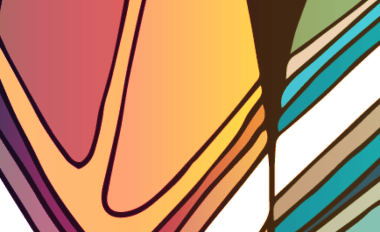It is our Cultural Heritage, but if we don’t bring other People in, then they won’t understand our connection to Country.
Victorian Aboriginal Peoples have a strong understanding of their culture, heritage and spirituality, and recognition and appreciation of Aboriginal Cultural Heritage amongst non-Indigenous Victorians continues to grow. This extends to support for policy change to improve processes for recognition, protection and management of Aboriginal Cultural Heritage.
Examples of new approaches to the protection of Cultural Heritage include the Yarra River Protection (Wilip-gin Birrarung murron) Act 2017 (Vic) which provides an important acknowledgment of Aboriginal values in river management and protection, and the listing of The Budj Bim Cultural Landscape as a UNESCO World Heritage site, the first ever world heritage site recognised solely for its Indigenous Cultural values.
In May 2018, the membership of the Heritage Chairs and Officials of Australia and New Zealand (HCOANZ) expanded to include Aboriginal and Torres Strait Islander chairs. Together the expanded HCOANZ created a vision for the care of Indigenous Australians’ heritage into the next decade:
- Dhawura Ngilan: A vision for Aboriginal and Torres Strait Islander heritage in Australia.
- The Best Practice Standards in Indigenous Cultural Heritage Management and Legislation was published in September 2020.20
Both provide a guide to improving approaches to Aboriginal and Torres Strait Islander heritage management in Australia. Truth telling is key to the vision as is the intention to become a world leader in the preservation, celebration and promotion of First Nations’ Cultures.
While there may be public appreciation of Aboriginal Cultural Heritage and a growing momentum to ensure improved systems of protection and Aboriginal engagement and control of Cultural Heritage at the State and National level, do Victorian’s have an appropriate level of understanding and respect for Aboriginal Culture?
In 2017, the Bunjilaka Aboriginal Cultural Centre at Melbourne Museum exhibited Black Day, Sun Rises, Blood Runs identifying stories of the atrocities of colonisation including massacre sites that have historically been whitewashed.
Back in the day we were struggling to get Traditional Owners at the table to manage Cultural Heritage, but we campaigned and were successful in getting the Aboriginal Heritage Act up which gave Traditional Owners primacy in managing their own culture. We cannot be left out of the conversation about caring for our Country and managing our culture. Traditional Owners have managed to successfully sign settlement agreements with Government, and this has influenced Cultural Heritage policy reform. Traditional Owners have to be front and centre – we must benefit Culturally, economically and spiritually.
Discussion question: Do Victorians understand the importance of Cultural Heritage?
- What level of understanding do Victorians have about Victorian Aboriginal Cultures?
- How do Victorians learn about Aboriginal Cultures?
- Is Aboriginal Cultural Heritage taught in schools?
- How can general understanding of Aboriginal Cultures and Cultural Heritage be improved?
Updated

